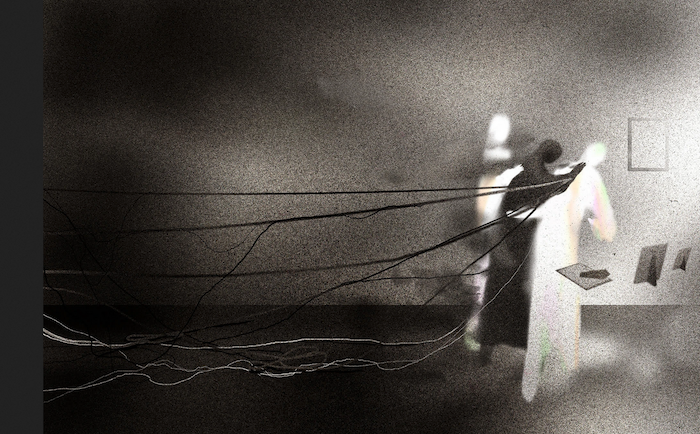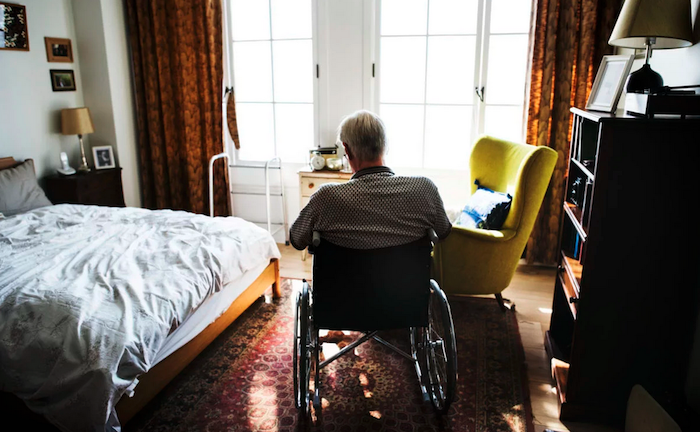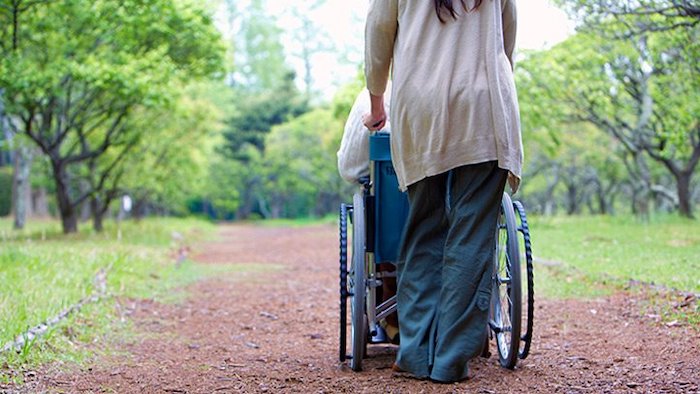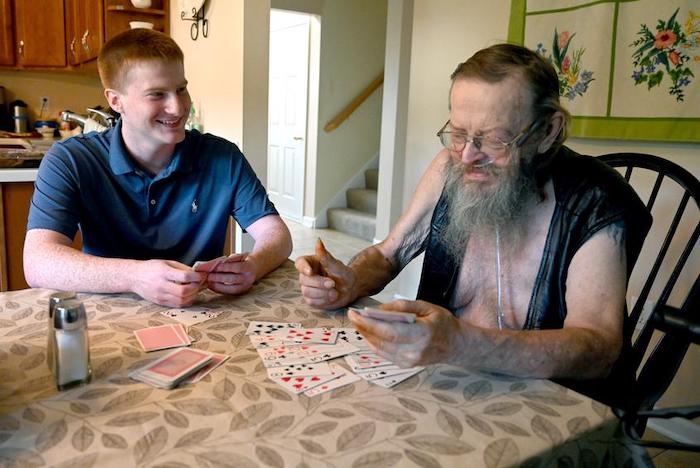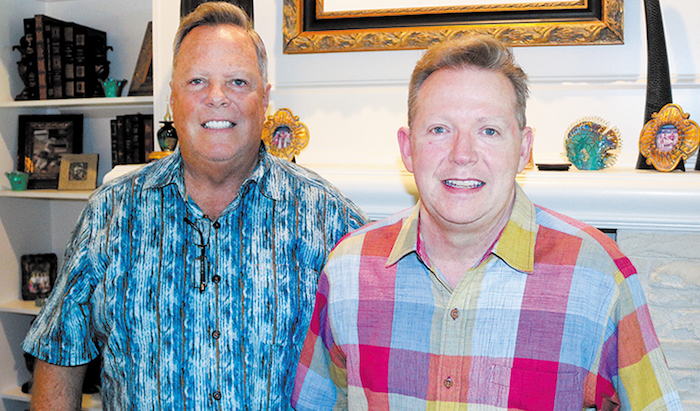A palliative care physician struggles with the complex realities of dying at home, and the unintended consequences of making it a societal priority.
By Richard Leiter, M.D.
“If time were short, where would you want to be?”
As a palliative care physician, I regularly ask my patients, or their family members, where they want to die. The specific language I use depends on what they know, what they want to know and how they process information, but the basic premise is the same. Having asked this of hundreds of patients, I have come to expect most will tell me that they want to be at home.
But recently I have struggled with the complex realities of dying at home, and the unintended consequences of our making it a societal priority.
It is emotionally and intellectually compelling that patients should die in their own homes, surrounded by loved ones in a comfortable, familiar environment. For patients dying of end-stage disease, be it cancer, heart disease or something else, even the best hospitals are unlikely to be able to “fix” the underlying problem. We worry that people will go through expensive and potentially painful tests and interventions that have little chance of changing the ultimate outcome. And the opportunity costs are high; time waiting for a scan or procedure could be spent getting financial affairs in order or saying goodbye.
While there are still those who subscribe to the idea that excellent health care demands doing everything possible to prolong a life, many doctors and patients now prefer a less intensive approach when time is short. Rates of hospice enrollment have increased and the home has re-emerged as a place to die, not only preferred by patients and families but also heavily recommended by clinicians, especially in my field.
The system is imperfect, though. Unless a family has the significant resources necessary to hire aides or nurses, informal caregivers become responsible for nearly everything — from feeding to bathing to toileting. These tasks often get harder as the dying person weakens. In my experience, most family members want to care for their loved ones at home, but many are unaware of caregiving’s physical and emotional toll. And the length of time a patient spends in hospice care is difficult to predict, sometimes requiring caregivers to take significant time away from work or other family members.
Complicating matters, I frequently detect ambivalence in patients who tell me they want to die at home. Some are comforted by the reliability of the nursing care and easier accessibility of IV medications in the hospital. For others, dying at home may not be their top priority. Parents may want to protect their young children’s physical space from death. Similarly, one patient’s wife told me through tears that their adult son had died suddenly in their home a few years earlier; she could not bear the thought of watching her husband die in the same place.
We should not be surprised, then, that some patients who do enroll in hospice end up back in the hospital. And yet we in palliative care often view these cases as failures. We wonder what the critical gap was that led the family to call 911 or come to the emergency department. Was the patient’s pain uncontrolled? Were medications unavailable? Did the family panic? Something must have gone wrong.
I wonder, though, if we’ve adopted the wrong approach. As a doctor who regularly asks my patients where they “want” to die, I often worry about what this will look like if they choose home. I am concerned about the unacknowledged caregiving burden for families and friends. In addition, many people with advanced disease experience escalating symptoms, like pain or shortness of breath, that even the best hospices have difficulty managing in the home. In these situations, I am caught between the passionate rhetoric of my field, the spoken and unspoken wishes of my patients, and my clinical judgment. The patient in front of me always takes precedence, but my cognitive dissonance is difficult to escape.
To be sure, dying in the hospital has its own trade-offs. Though we can make more, and faster, medication adjustments, severe symptoms can be difficult to treat regardless of the setting. And as much as we try, it’s nearly impossible to alter the health care system’s usual rhythms. Overflowing hospitals often lack the flexibility to give dying patients the privacy of a single room. We cannot guarantee that they will not be woken up by the squeal of a malfunctioning IV pump or the chaos of clinicians scrambling to help another patient. Family and friends may live hundreds of miles away, preventing them from being with their loved ones at critical moments. While an inpatient hospice facility, which represents a third option, can provide hospital-level care in more of a homelike environment, Medicare and other insurance providers have set a high threshold for the few available beds. Most patients are only eligible if they are in the last few days of life or have severe, uncontrolled symptoms that would otherwise require hospitalization.
This dilemma entered my personal life earlier this year. The caregiver for my 96-year old grandmother found her slumped over and unresponsive in her wheelchair in her apartment, where she lived alone, but with the support of aides around the clock. She did not regain consciousness, and the paramedics arrived to take her to the hospital. When my uncle called to tell me what was going on, I was unsure of how to respond. My grandmother’s health and cognition had been declining over the past few months, but her quality of life was still good. In that moment, though, my clinical intuition was that she was dying. As a palliative care physician, wasn’t it now my job to protect my grandmother from spending what could be her final hours in a hospital? On the other hand, without seeing her how could I be sure that whatever was happening could not be fixed? With uncertainty and emotion clouding my judgment, I froze.
The paramedic took the phone and gently explained that he wanted to ensure my grandmother had all the care she needed, whatever the outcome. Taking her to the hospital was the right decision. The doctor in the emergency department empathically told us he thought my grandmother was dying and recommended we focus on ensuring that the short time she had left was as comfortable as possible. The nurses quietly checked on her throughout the night, looking for any signs of distress. My grandmother died the next morning — in the hospital and at peace.
The quality and consistency of end-of-life care are not where they need to be. To ensure that all people receive the same compassionate care that my grandmother did, we need to focus not only on where, but also on how they die. When we view all deaths in the hospital as failures, we risk neglecting a critical opportunity to improve the dying experience for many of our society’s sickest and most vulnerable. Clinicians across medicine should elicit and, whenever possible, honor their patients’ preferences for where they want to die. At the same time, we need to acknowledge our own uncertainties and be honest — with ourselves and our patients — about the difficult trade-offs these choices entail.
Complete Article ↪HERE↩!

